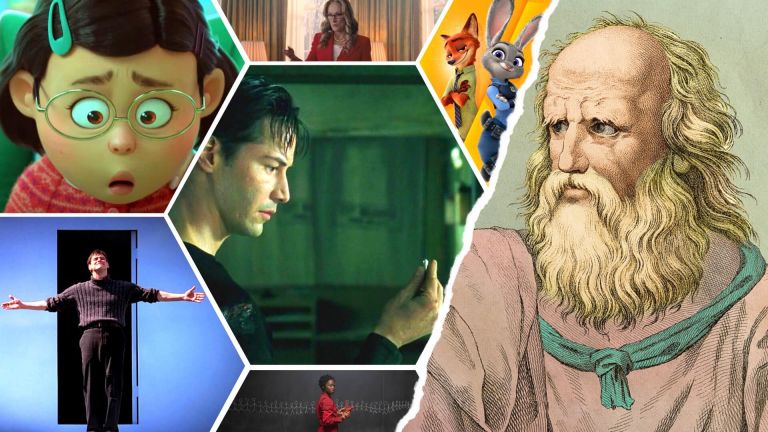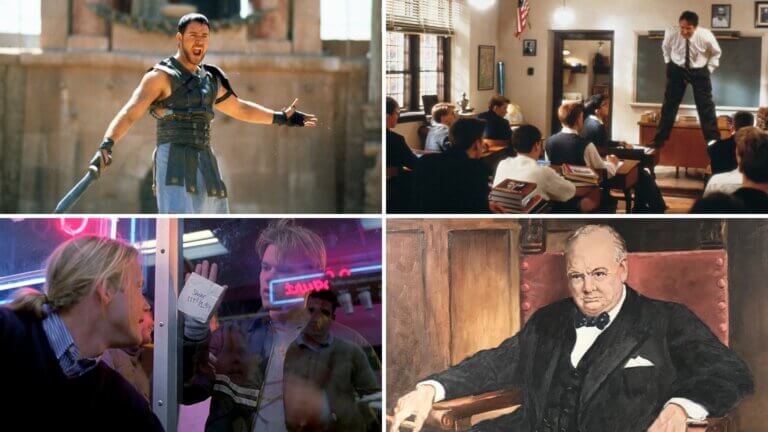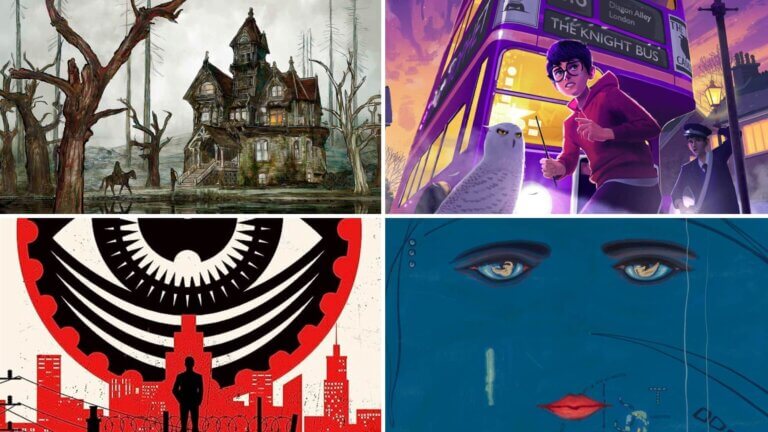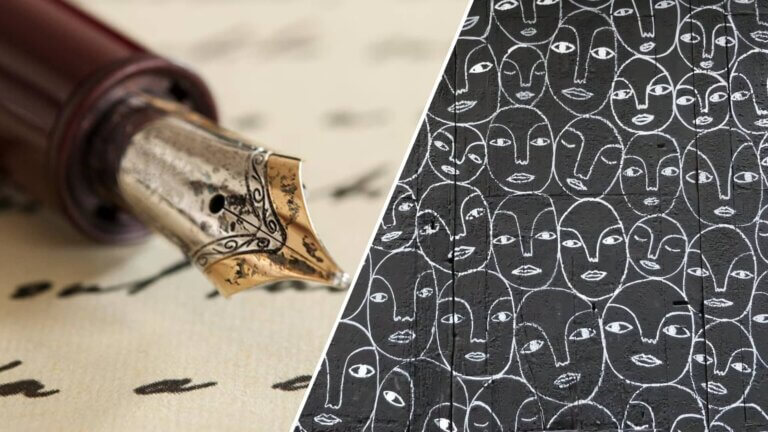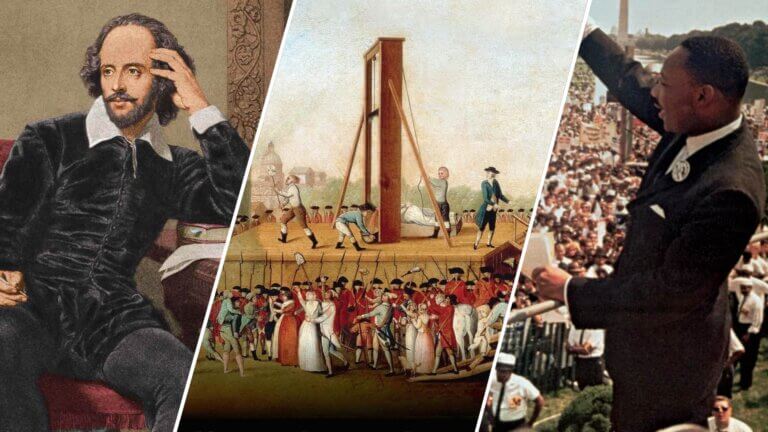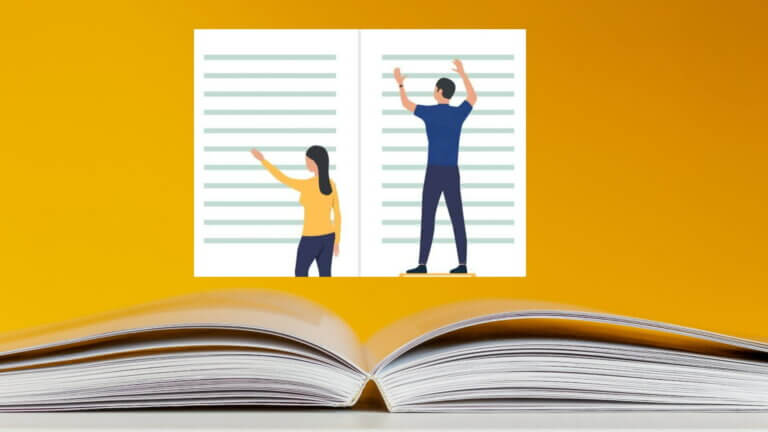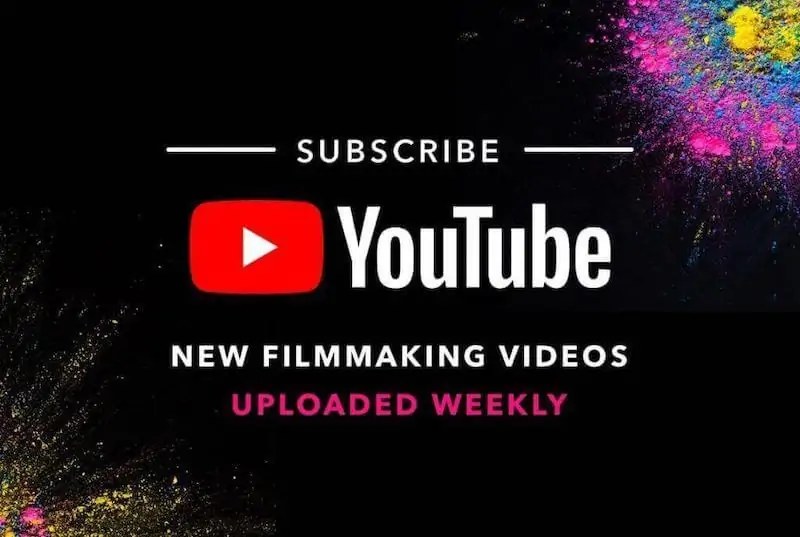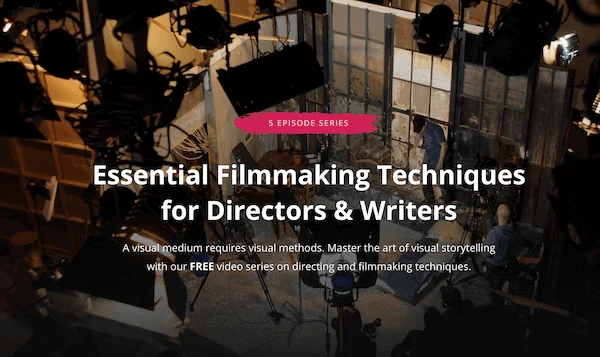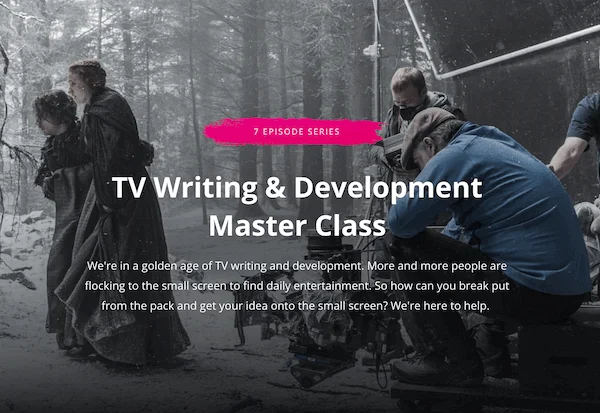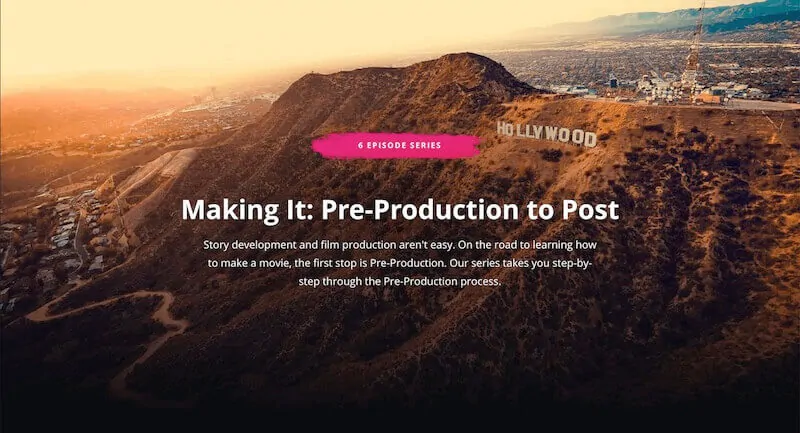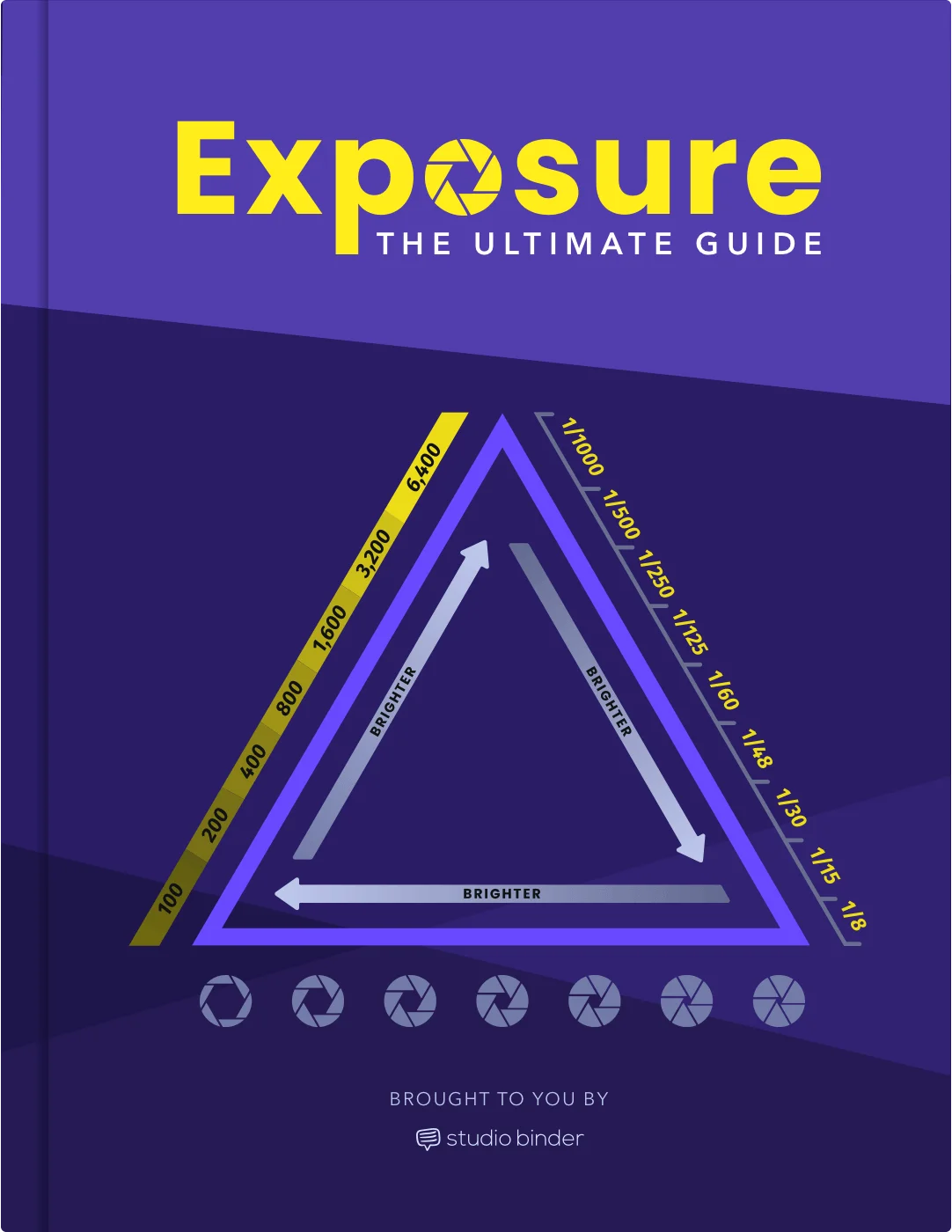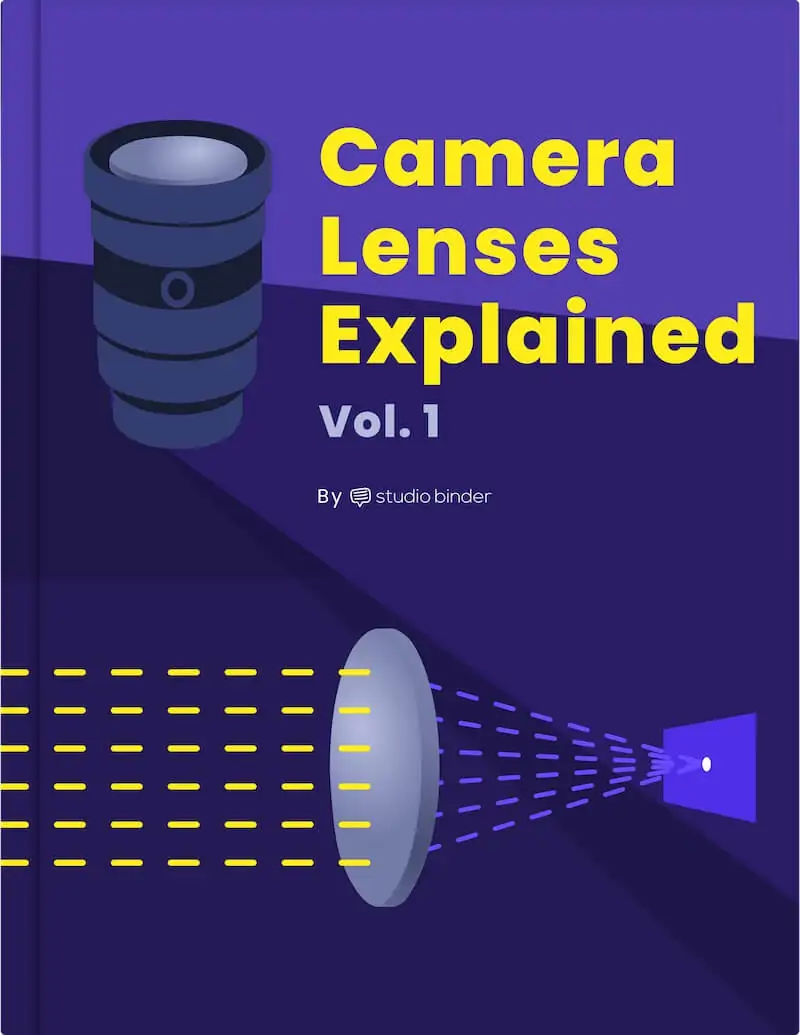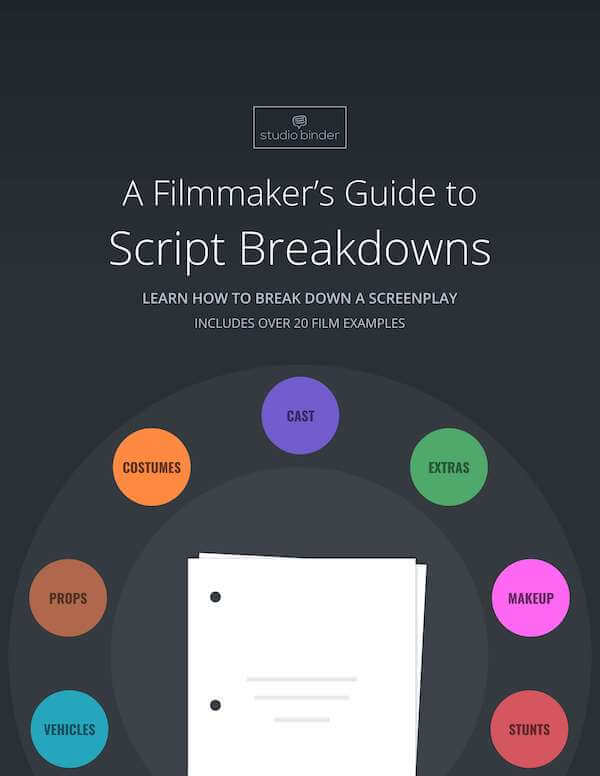In any story, drawing comparisons helps the audience connect new ideas to familiar concepts. One of the best tools for this is the simile. But what is a simile, and why is it so effective? Writers and filmmakers use similes to enrich dialogue, deepen character understanding, and add texture to themes, making storytelling more immersive. Understanding the meaning of simile and its role in writing is essential for any storyteller. If you’ve ever asked, “What is a simile?” This guide will walk you through both the definition and its creative applications. Before diving into examples, let’s first define simile and…
We encounter irony every day: in our favorite movies, TV shows, and in our own lives. Most people have a general understanding of irony but there are also a lot of misconceptions about it. For example, were you aware that there are 3 different types of irony?In this article, we're going to define irony in all its variations. Whether you're writing a short story or a screenplay, irony can be a powerful storytelling tool. You'll be able to recognize the different types of irony and understand how they work. The next step is to carry this understanding straight into your…
What is an allegory? An allegory is an important part of a symbolic story. Many of us have heard the term used when describing literature or film, but how do we know what it means? We’re going to get to the bottom of those questions by looking at famous examples. But first, let’s define allegory through exploring its etymology.Continue reading What is an Allegory? Definition and Examples
Hypophora is a powerful rhetorical device that captures attention, stokes curiosity, and guides the audience in thinking in a particular direction. Its application spans various fields, from literature and public speaking to advertisement and beyond. But, what is hypophora and how does it differentiate itself from other rhetorical devices, such as the rhetorical question?Continue reading What is a Hypophora — Definition and Examples in Writing
Atmosphere, while often overlooked, is an essential element in literature that deeply shapes readers' experiences. It's the emotional climate or mood a writer creates within their work — the unseen thread that binds the narrative together. But what is atmosphere in literature, exactly, and why is it so critical?Continue reading What is Atmosphere in Literature — The Silent Storyteller
There are many types of repetition in literature–at least twenty five, in fact! In poetry, repetition is paramount. Some even say it is the essence of poetry itself. In this post, we’ll answer the question “what is repetition in poetry,” from repeated lines in a poem, to stanzas, and words. We’ll also look at some examples of repetition in poetry, and look at how repetition is closely linked to rhythm and rhyme. Continue reading What is Repetition in Poetry — Examples & Functions
Have you ever wondered why the mockingbird sings in Harper Lee's classic, or what the green light at the end of the dock means in The Great Gatsby? Or perhaps you've pondered on the deeper significance of the spinning top in Christopher Nolan's Inception. These aren't just random elements thrown into the mix to make the story intriguing. They are symbols — powerful tools that authors and filmmakers use to convey profound meanings subtly yet impactfully. Let's uncover the types of symbolism that often go unnoticed yet hold the power to transform a simple tale into an unforgettable masterpiece.Continue reading…
Anaphora is an important rhetorical device for emphasizing concepts and ideas. But what is anaphora? Fear not, we’re going to explain anaphora by exploring a variety of anaphora examples. By the end, you’ll know how to recognize and utilize anaphora in writing. Continue reading Anaphora Examples — Literature, Film, Music, Poetry & More
Connotation vs denotation: one is subjective, the other is objective. Can you guess which is which? Fear not, no guessing required; we’re going to explain everything there is to know about connotation vs denotation by breaking down examples from literature and film. By the end, you’ll know what connotation and denotation are, and how to effectively use them in writing.Continue reading Connotation vs Denotation — Examples & Differences Explained
Stylistic devices, also known as figures of speech or literary devices, hold a significant role in adding depth, meaning, and artistic quality to pieces of literature. But what are stylistic devices? They are the colors that paint the canvas of prose, poetry, drama, and non-fiction, enhancing the vibrancy of the work and engaging the reader's senses. Let's run through the many types with some examples to get a firm grasp of the stylistic devices writers use every single day.Continue reading What are Stylistic Devices — How to Elevate Your Writing


